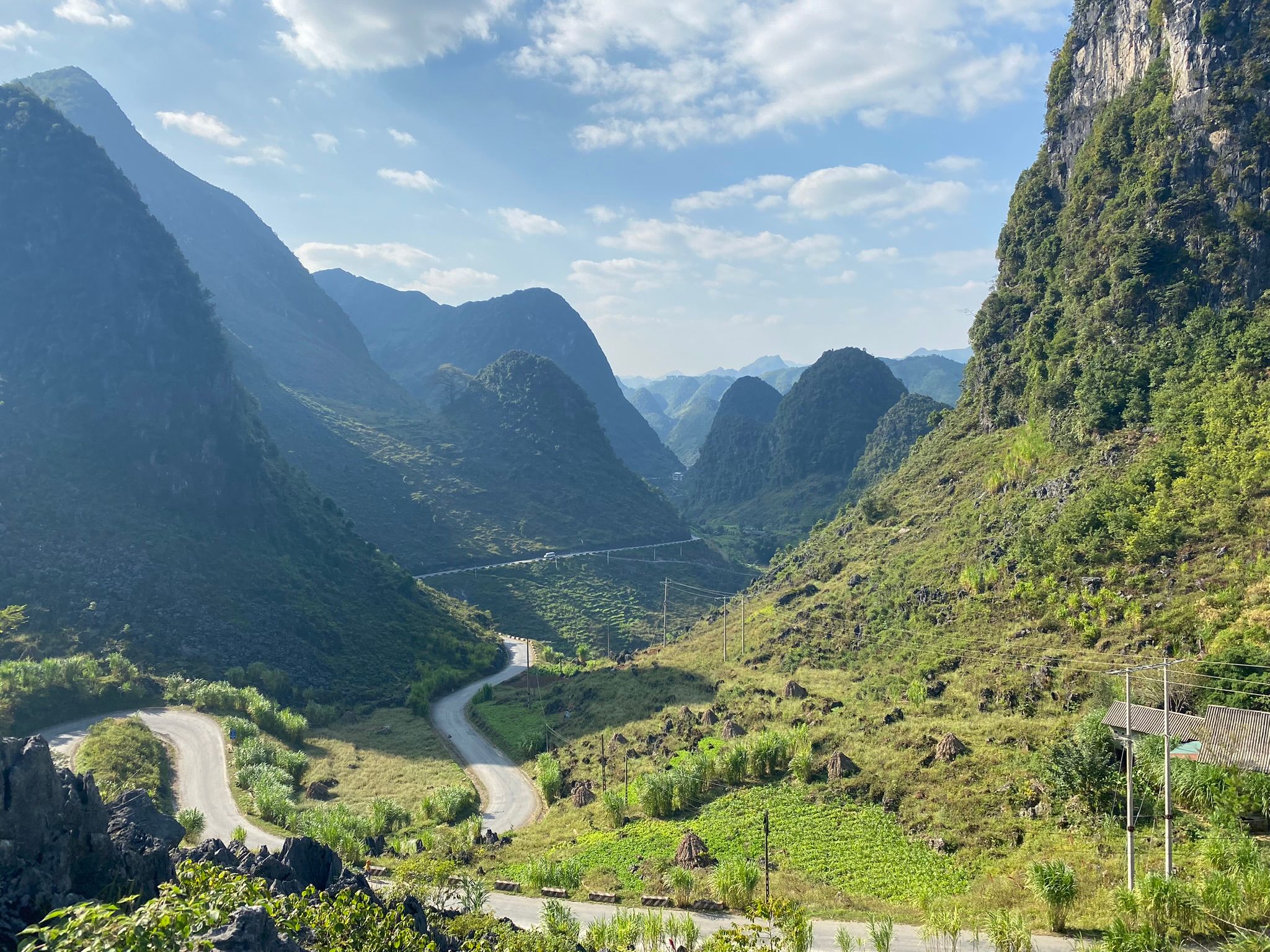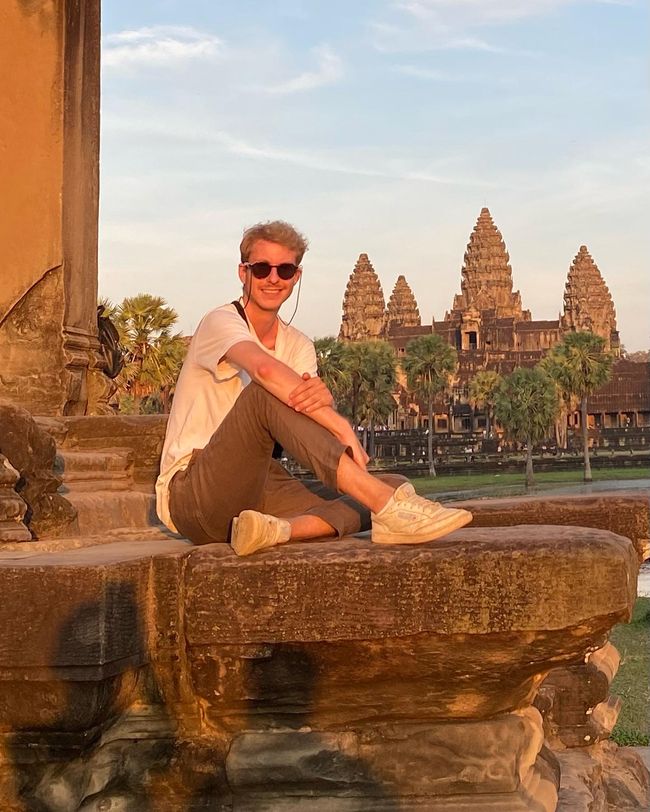11/11/2022 - Of Temples and Bats
פֿאַרעפֿנטלעכט: 18.11.2022
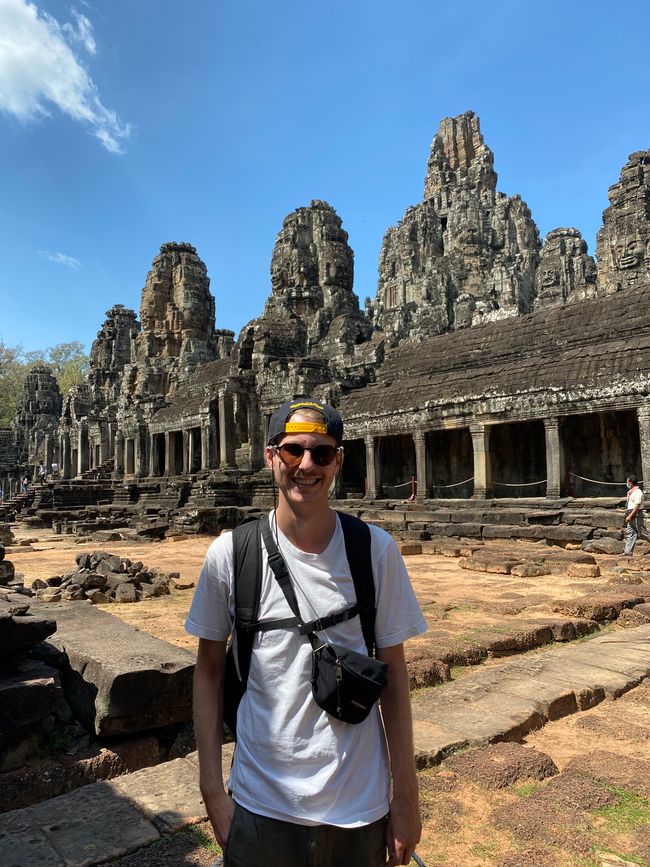
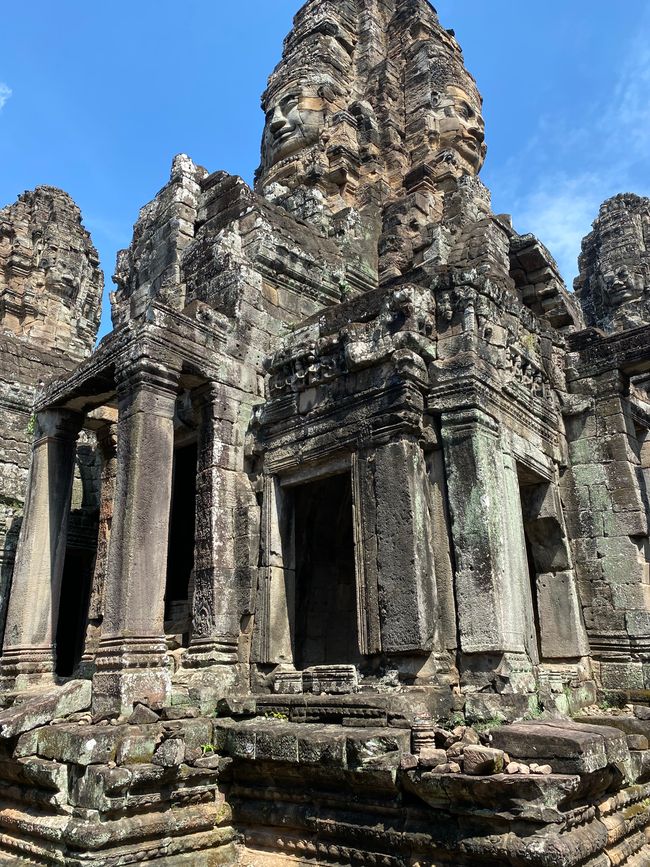
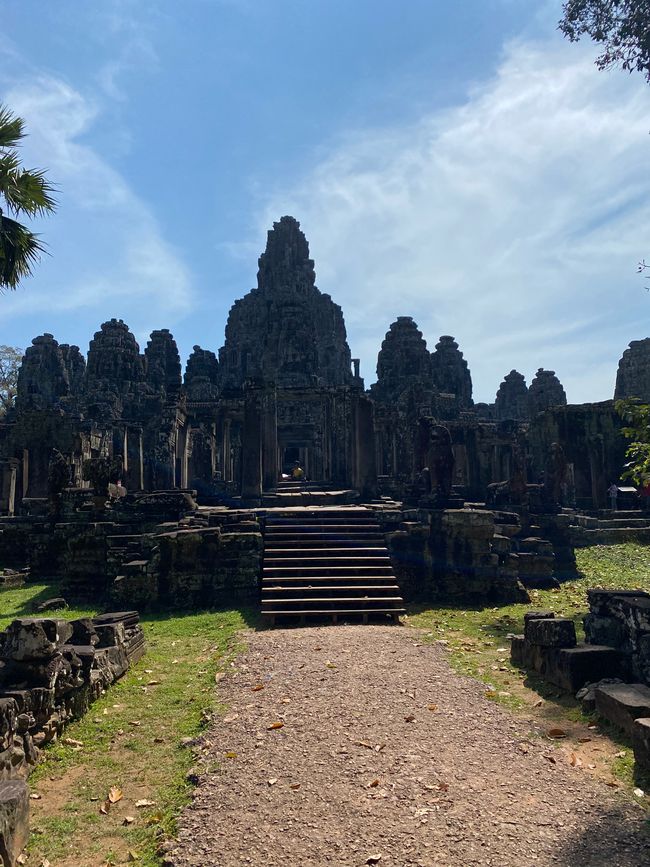
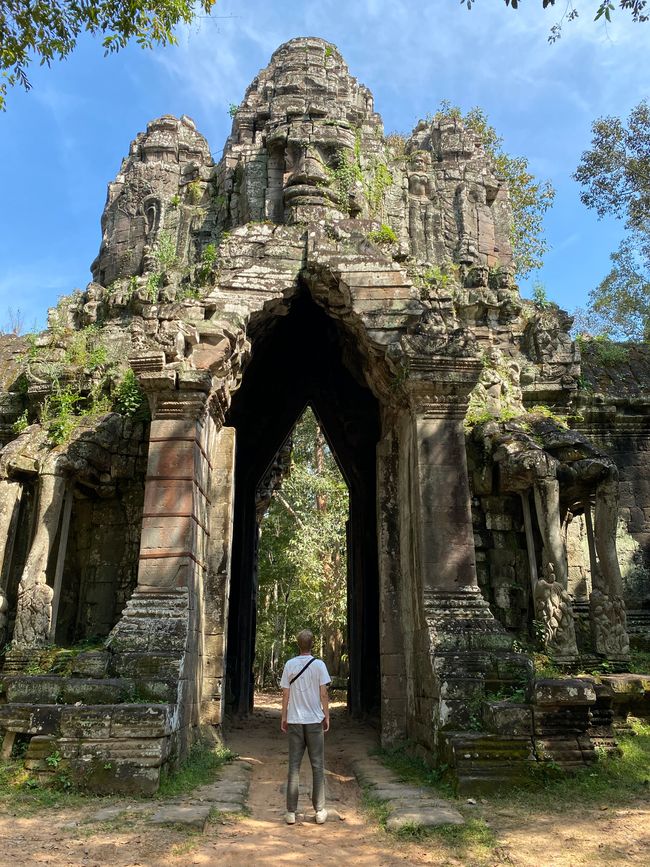
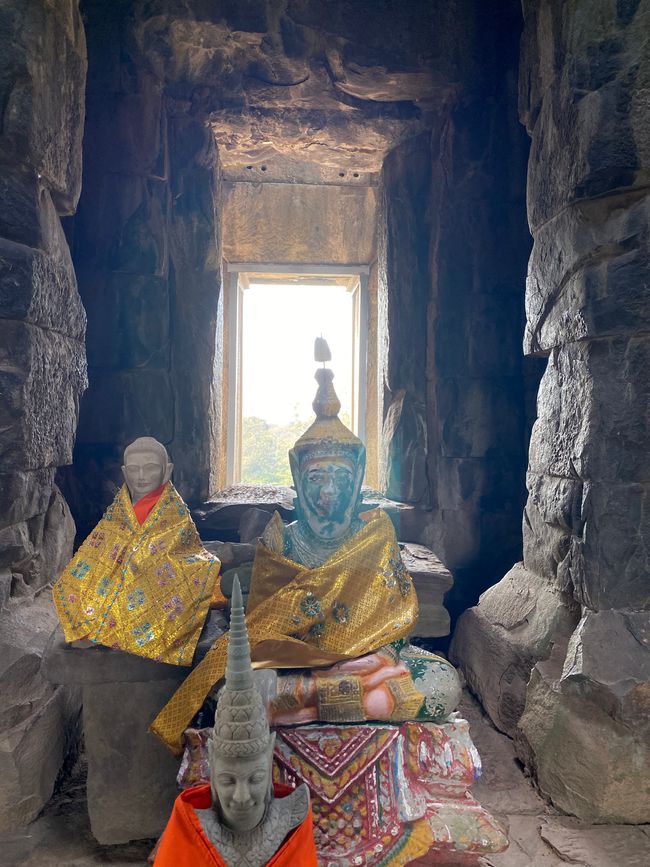
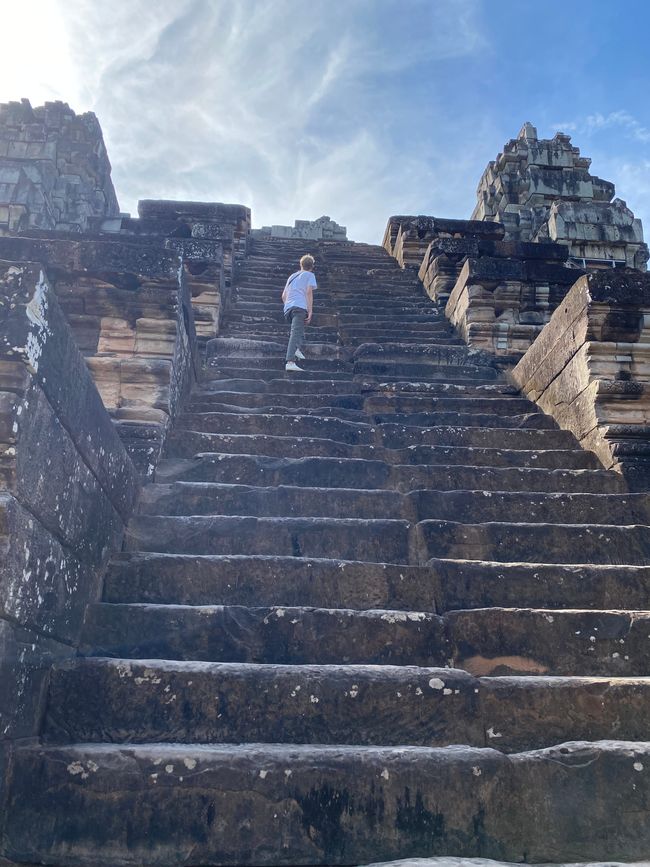
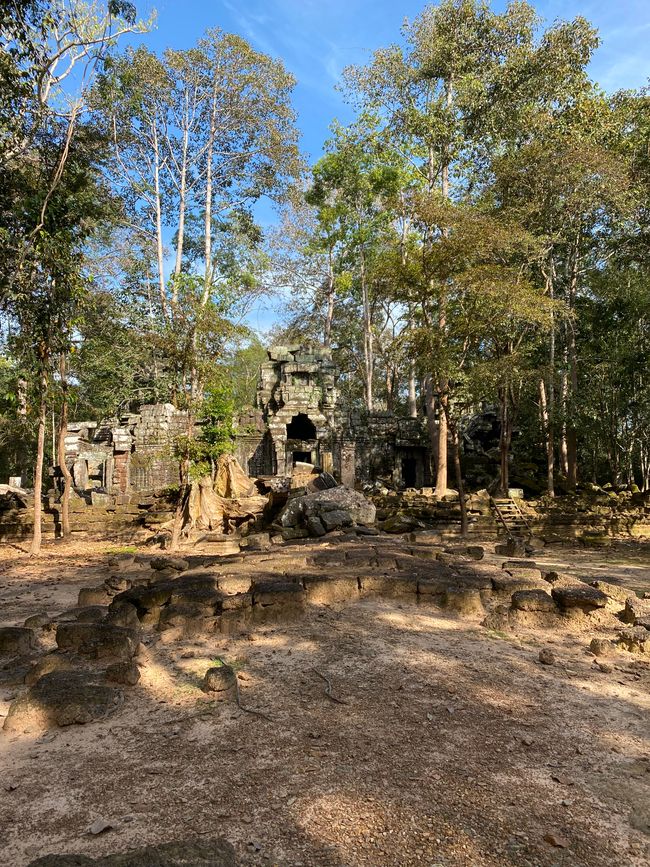
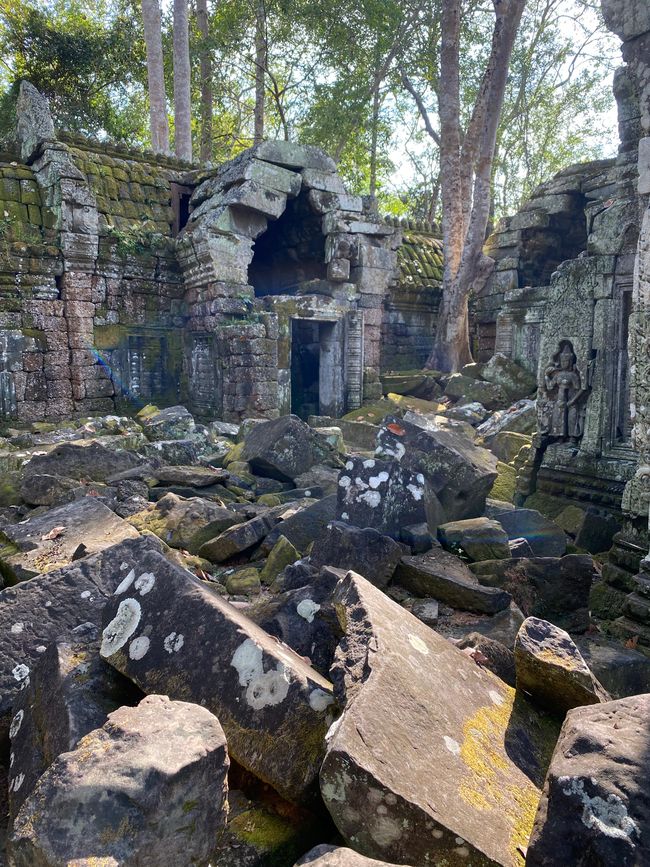
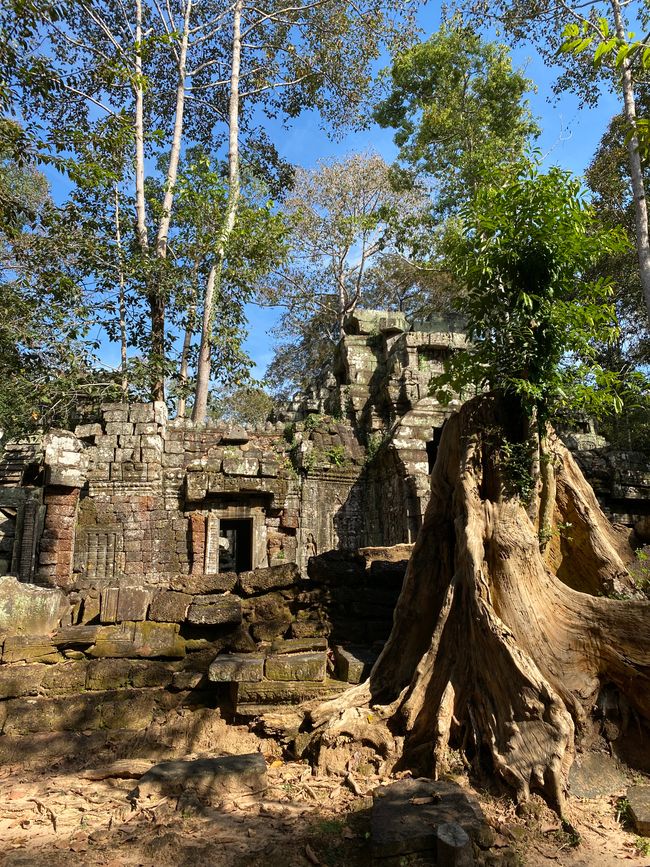
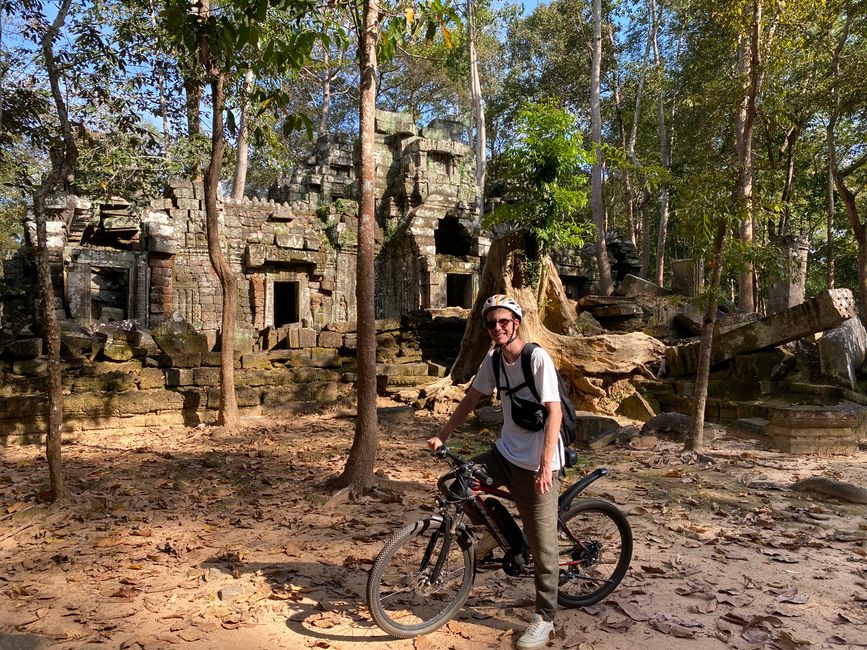
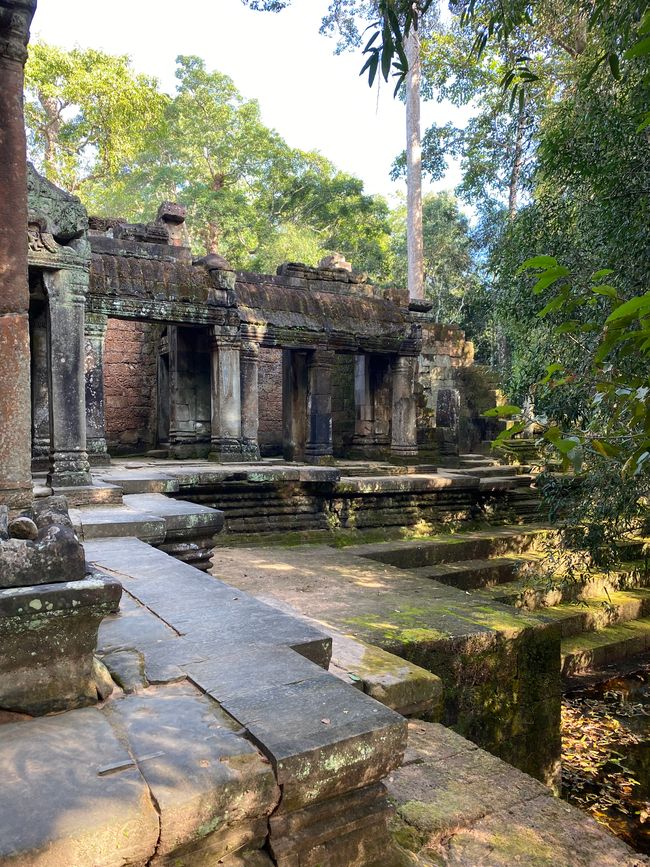
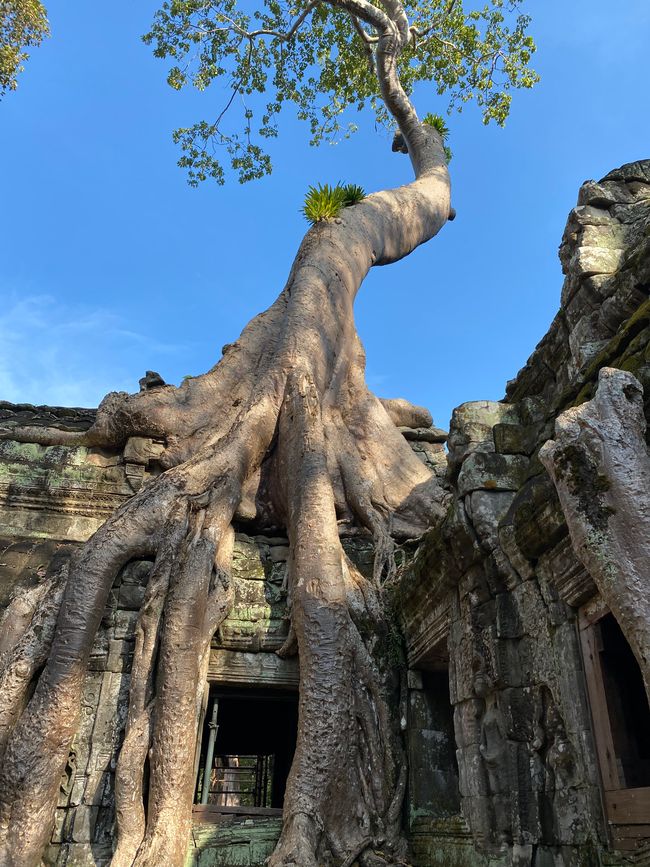
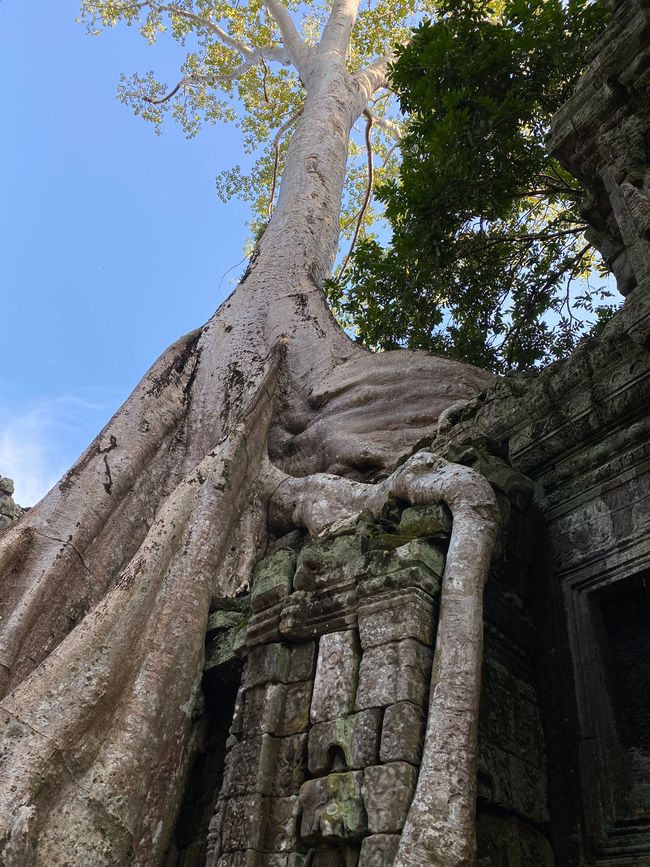
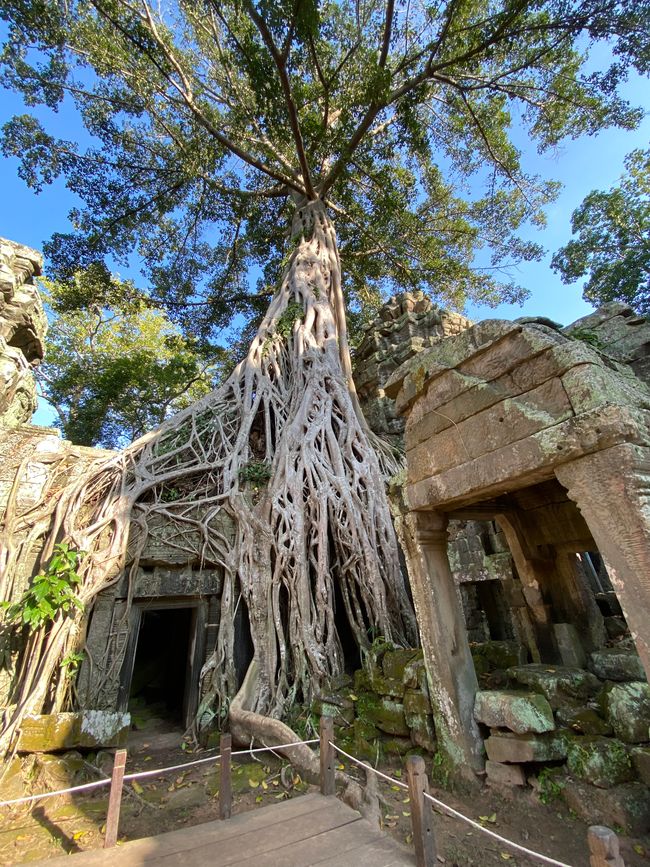
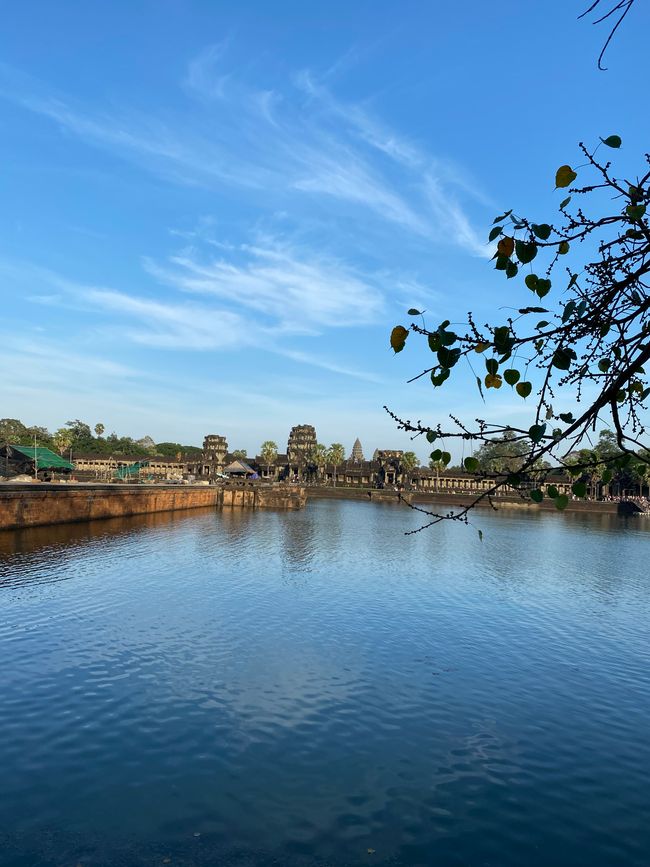
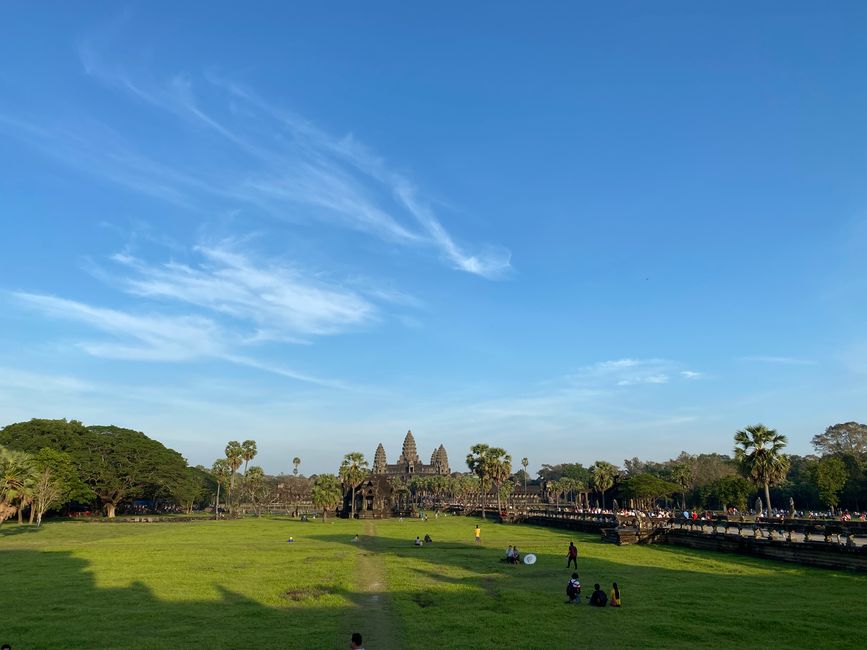
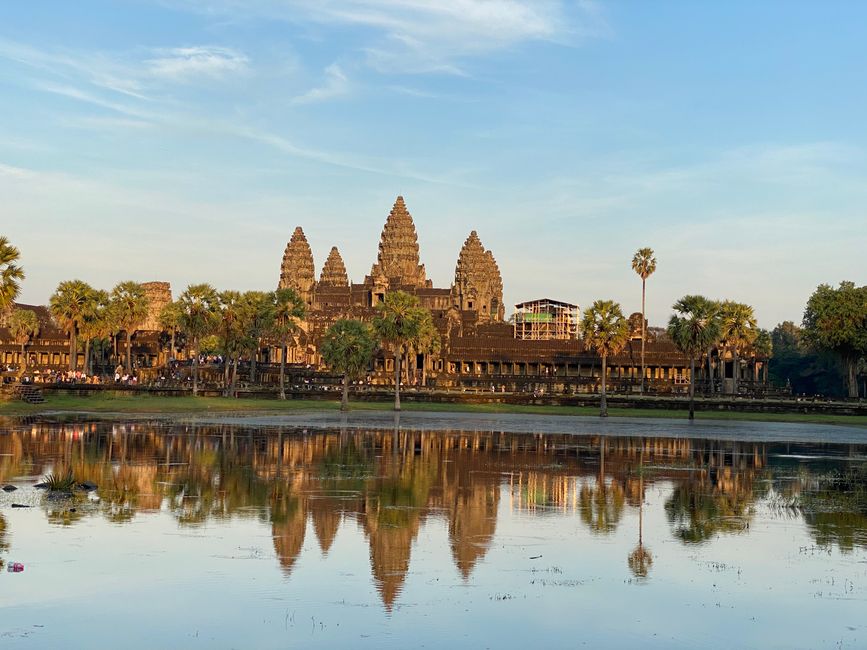
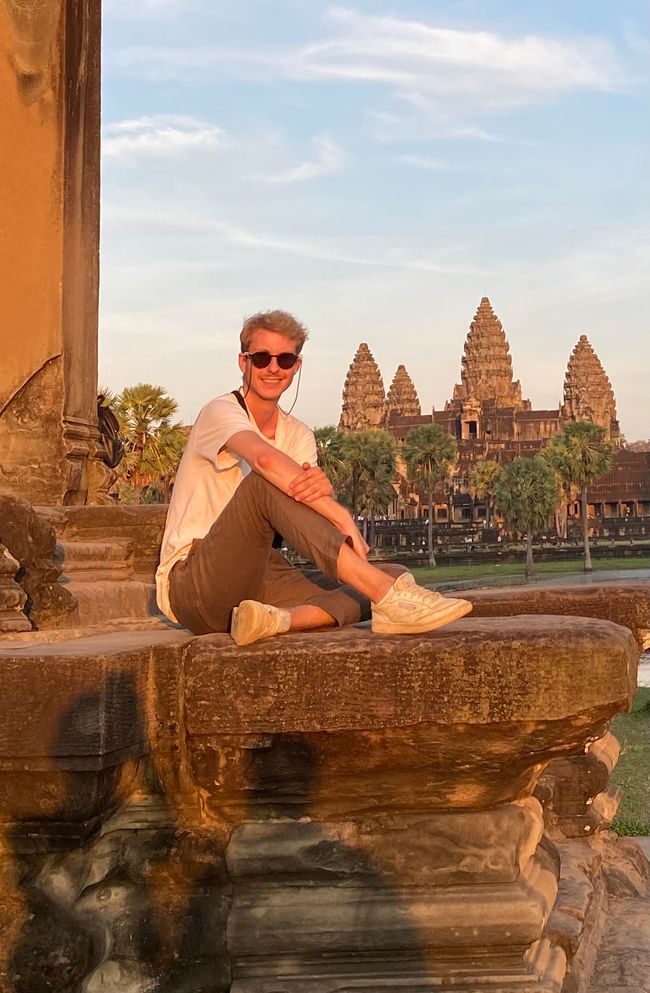
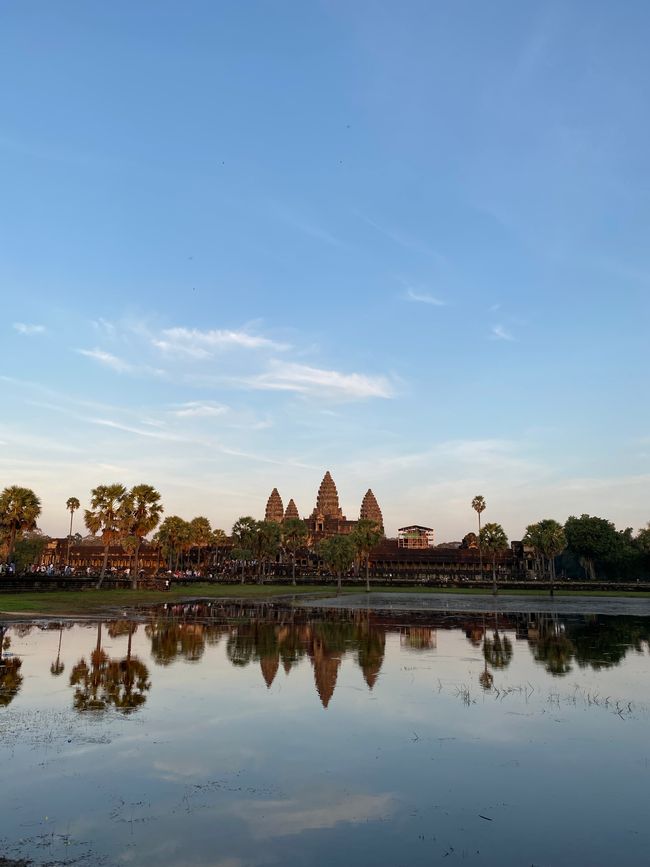
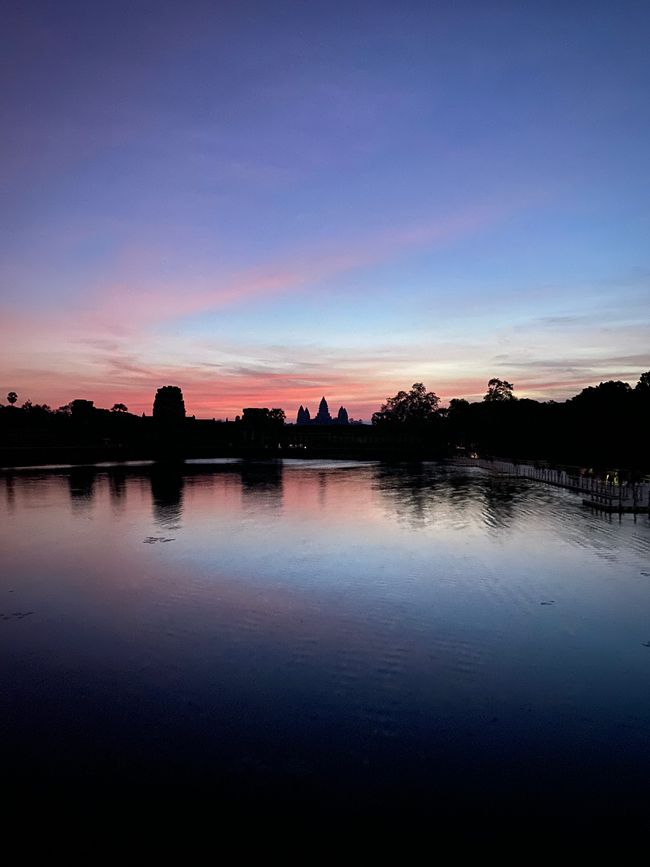
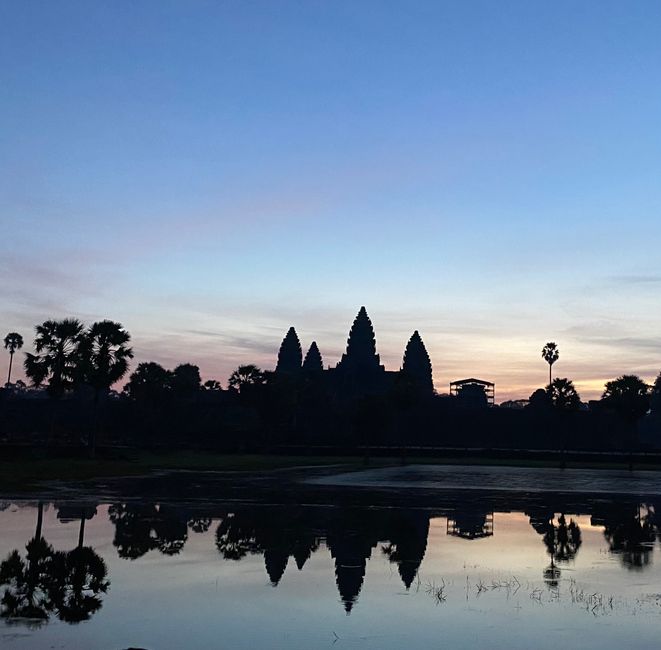
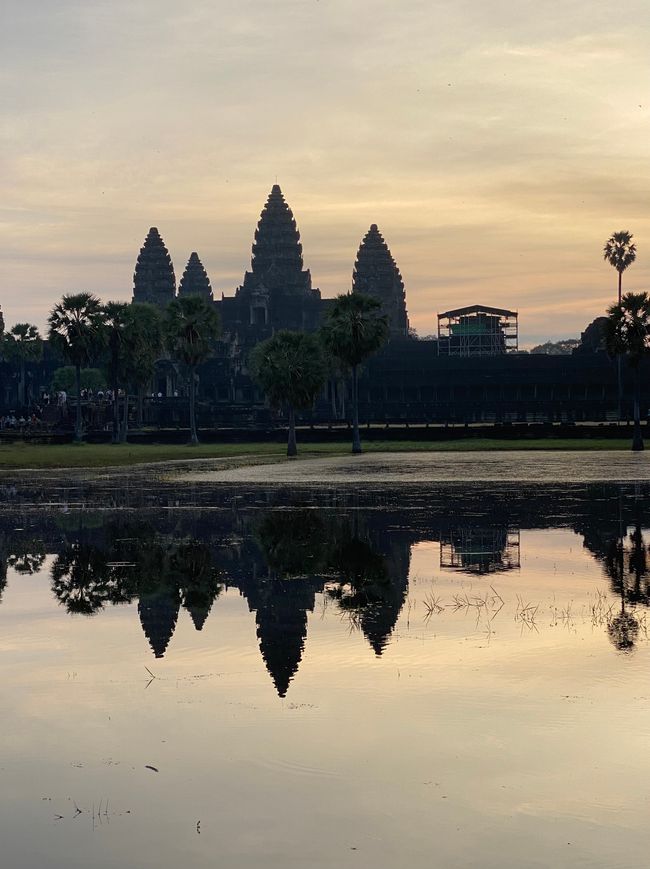
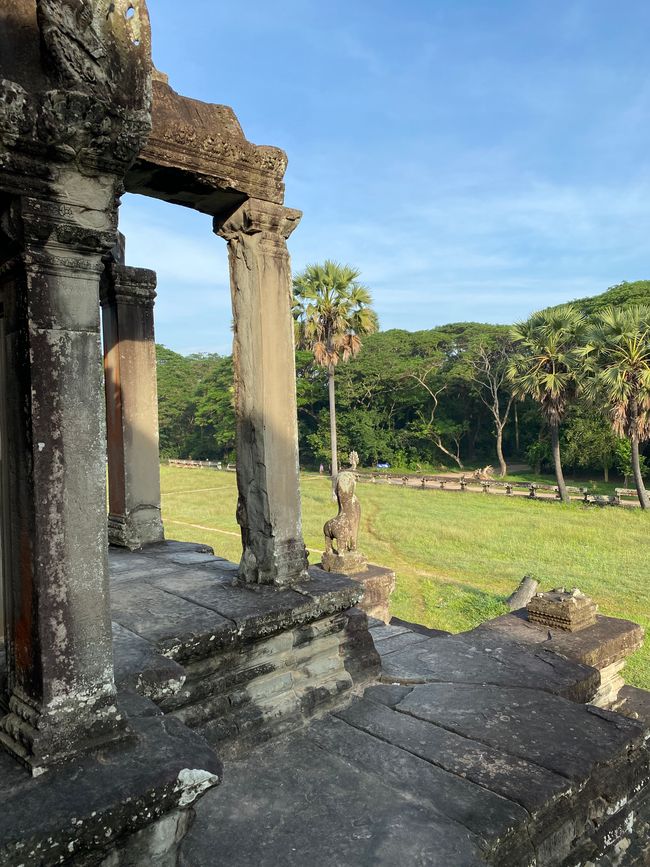
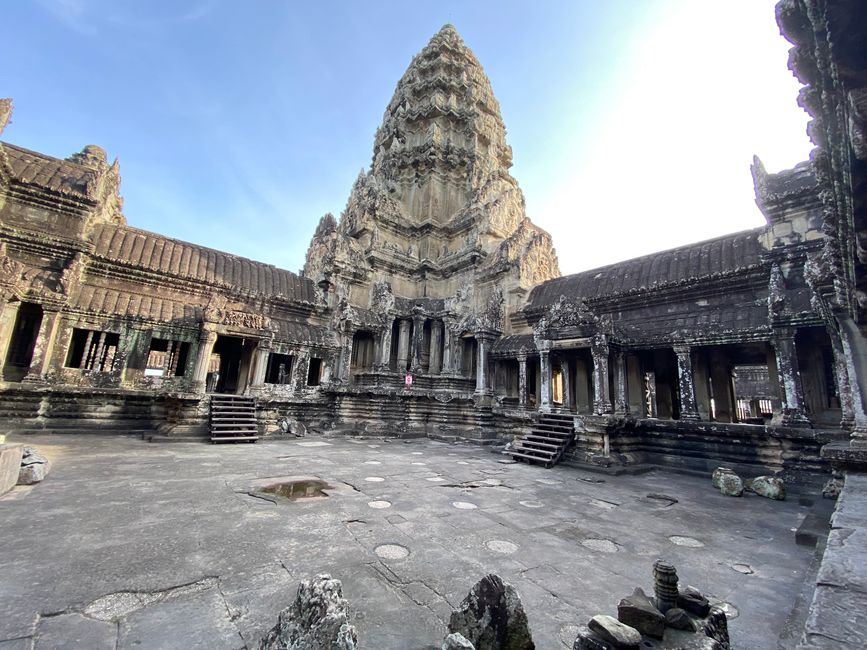
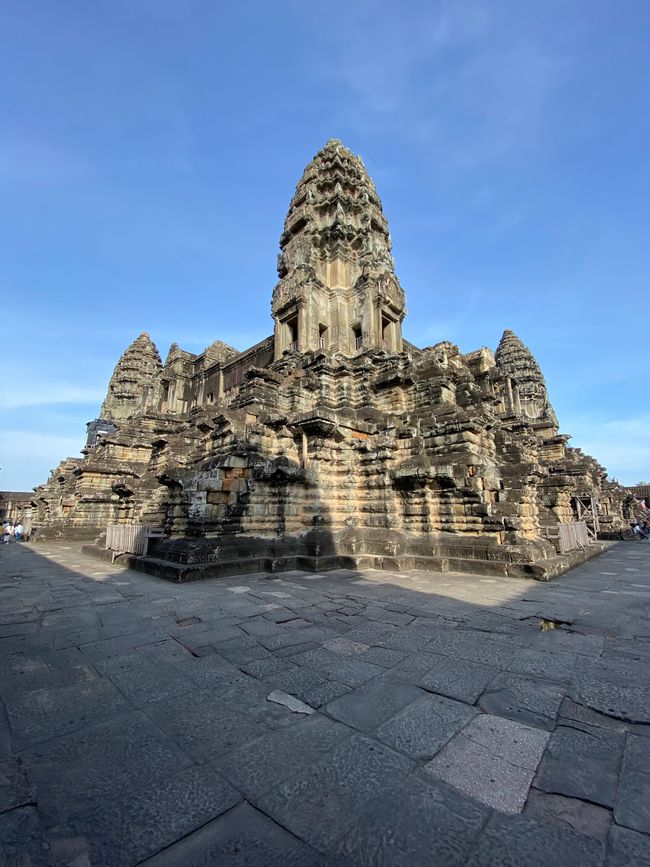
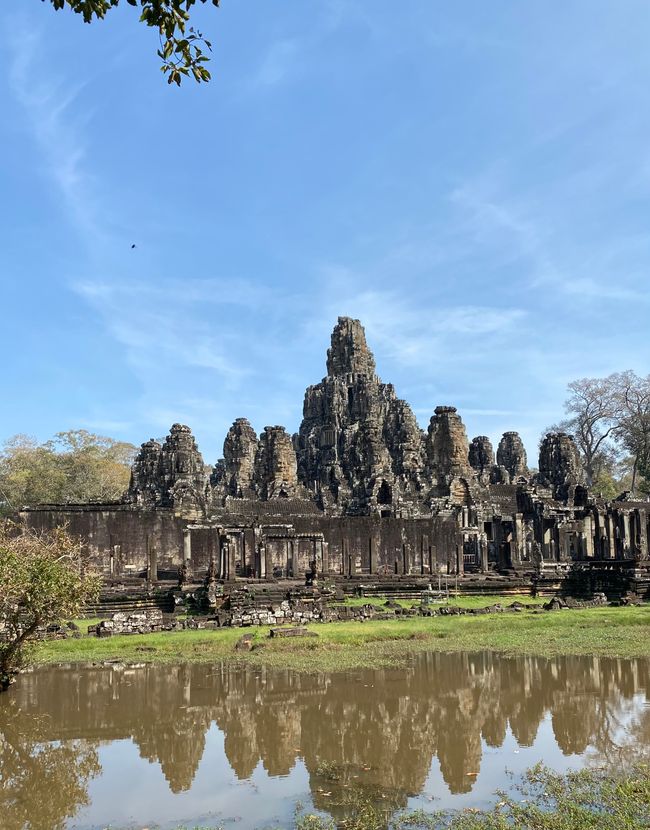
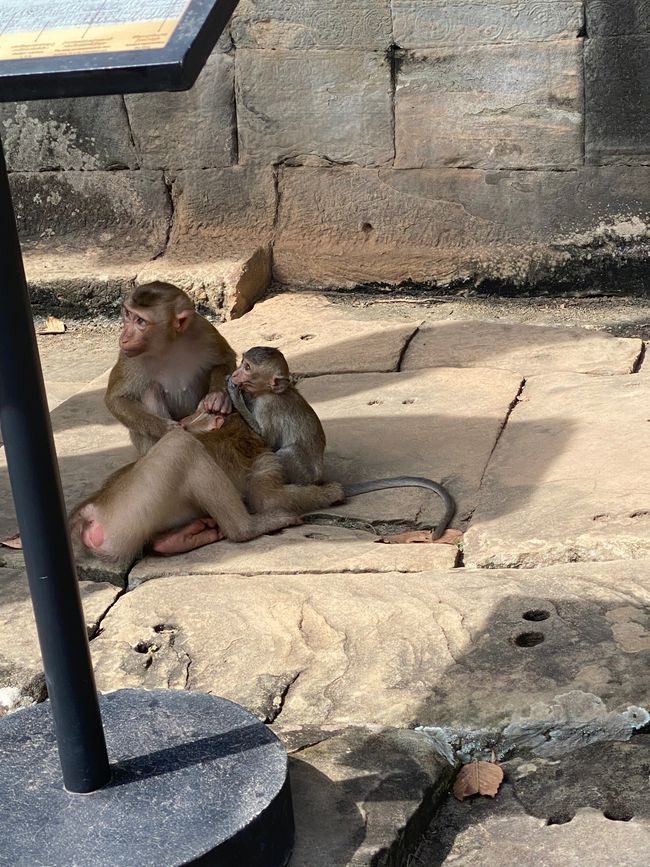
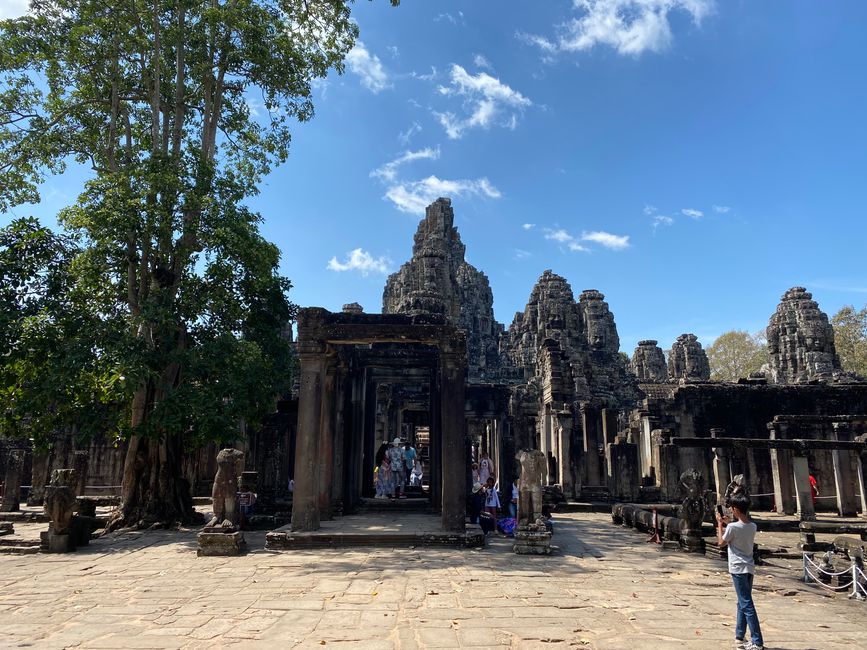
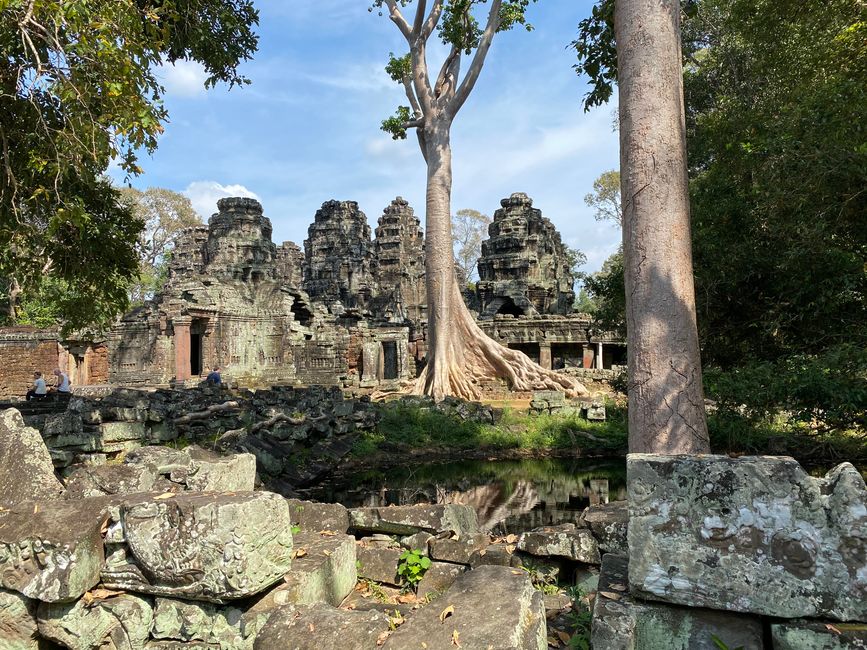
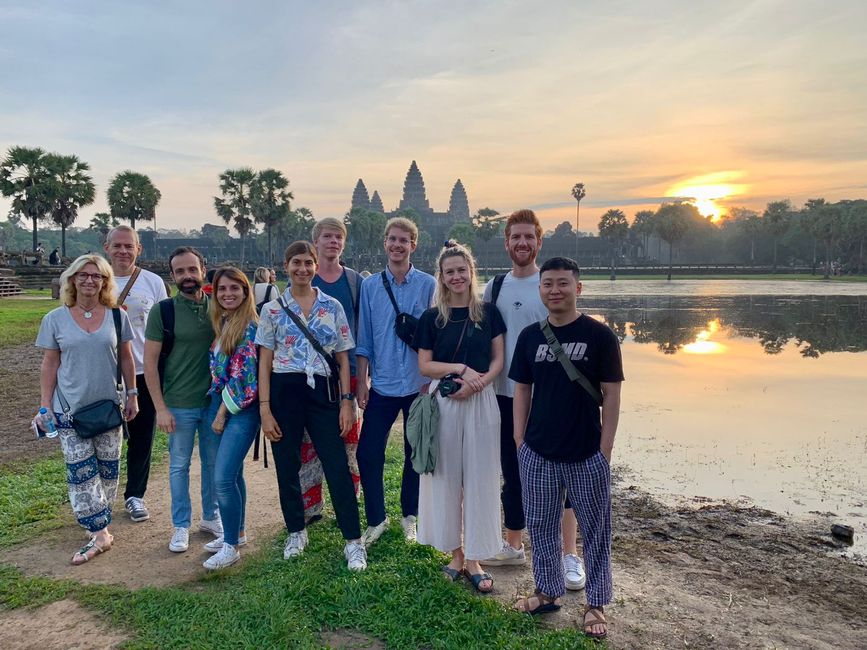
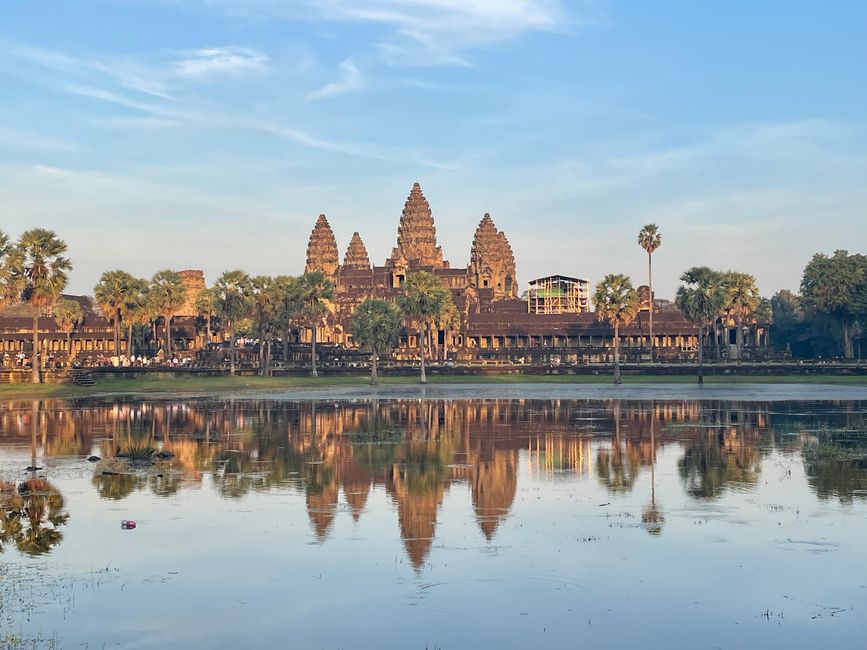
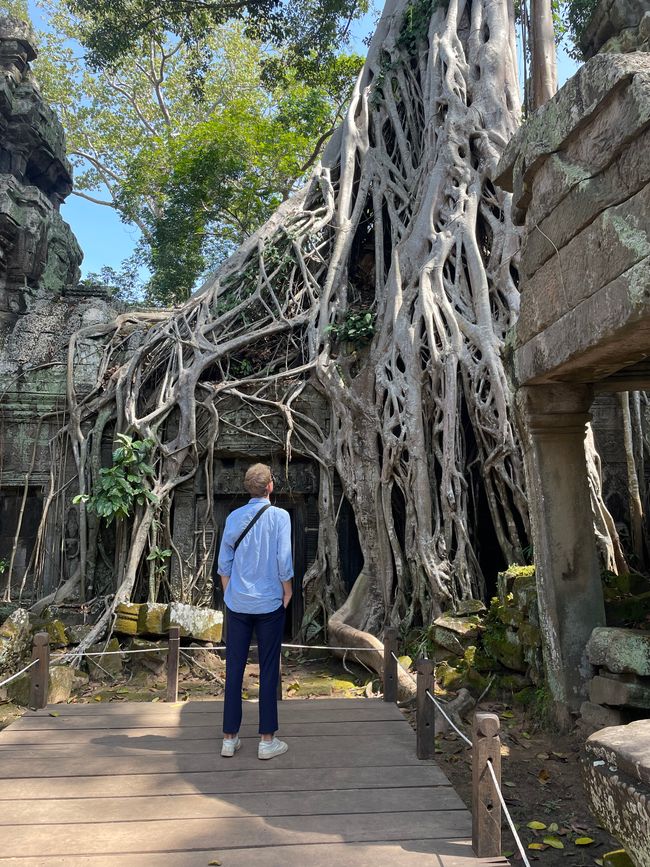
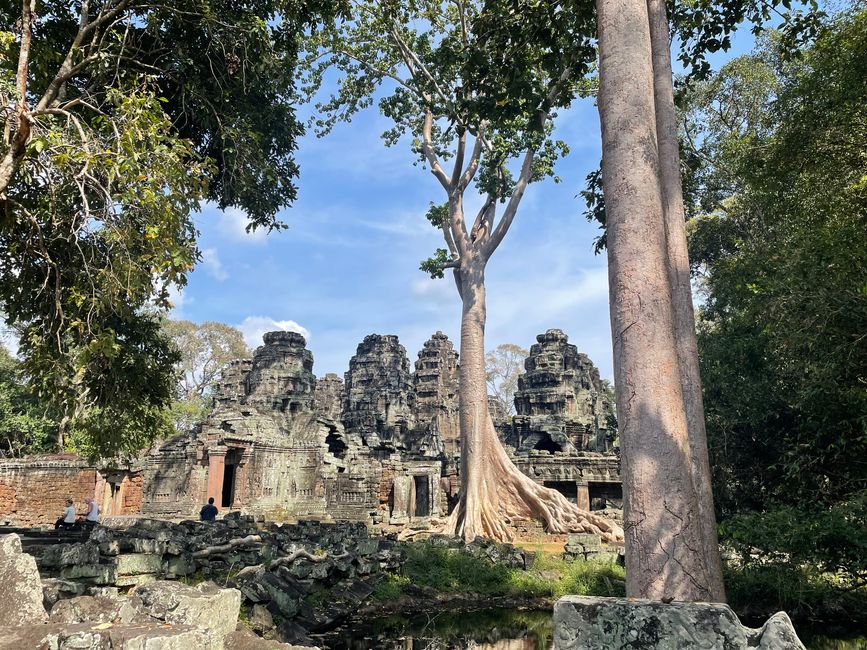
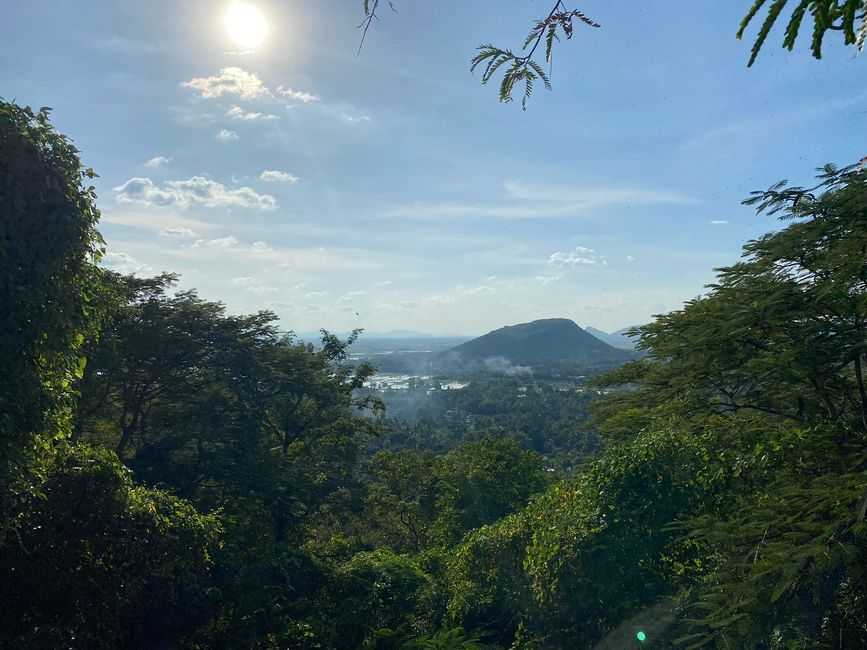
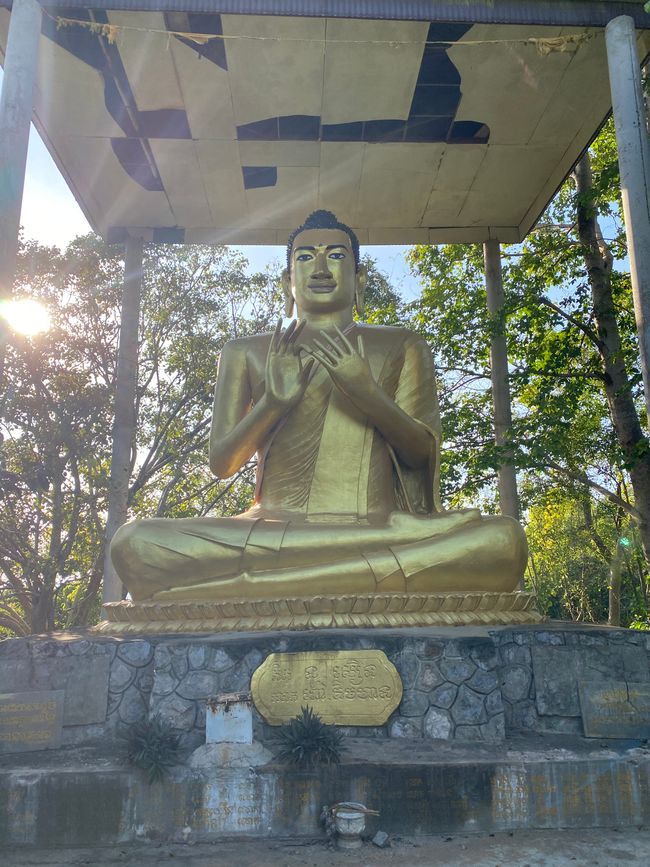
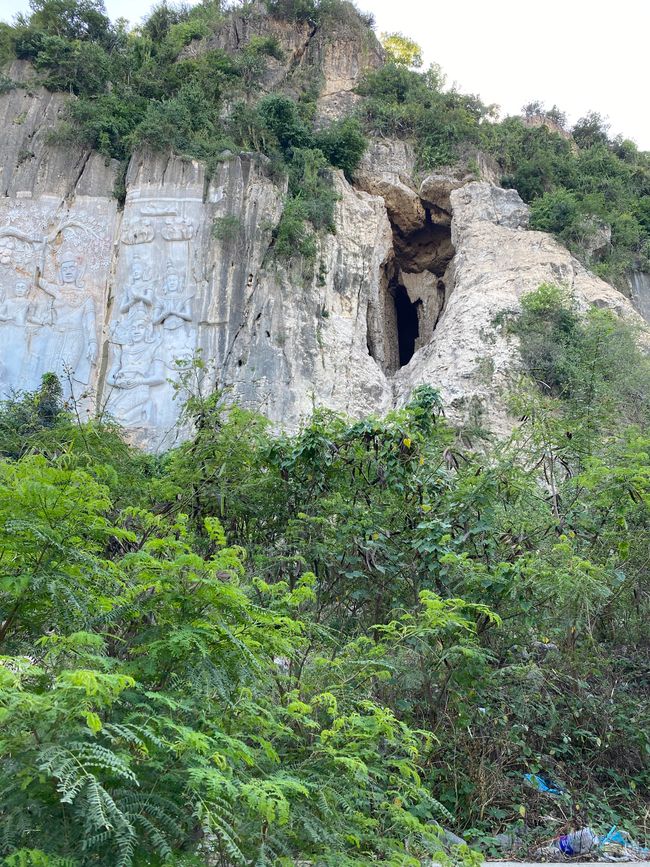
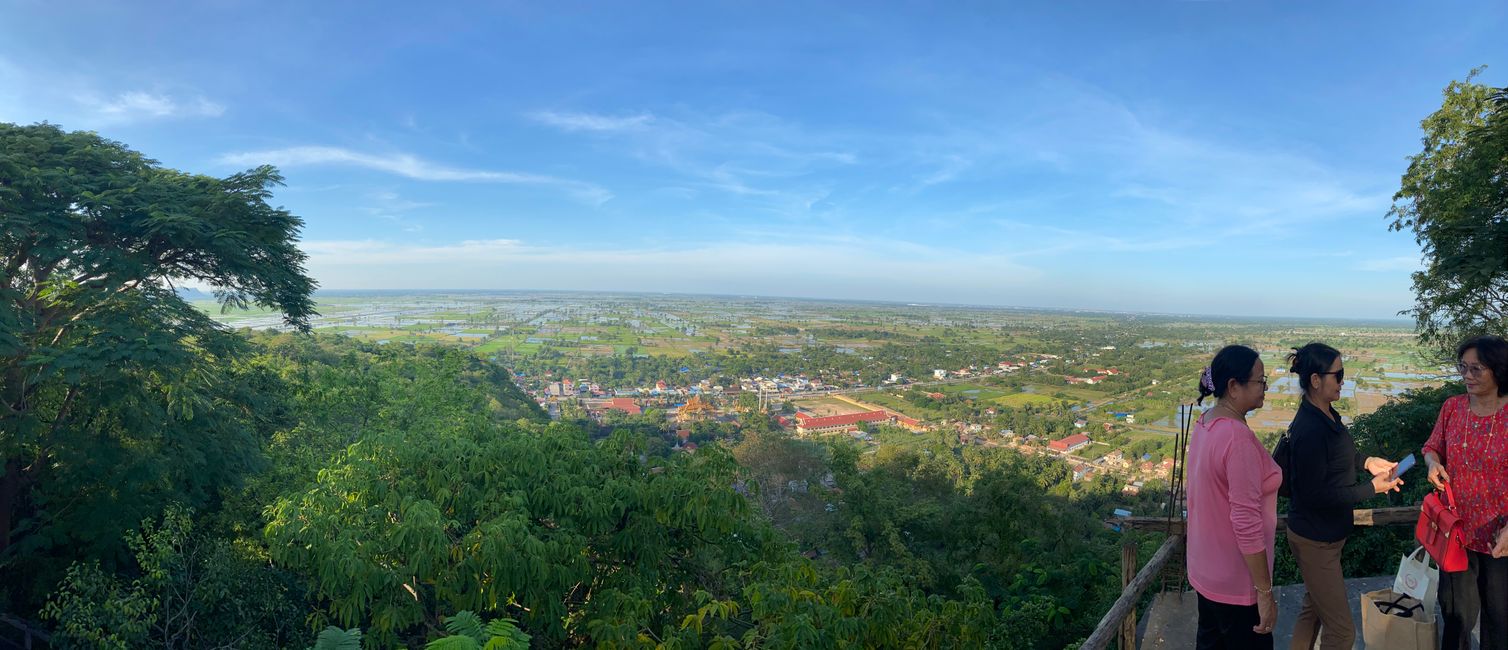
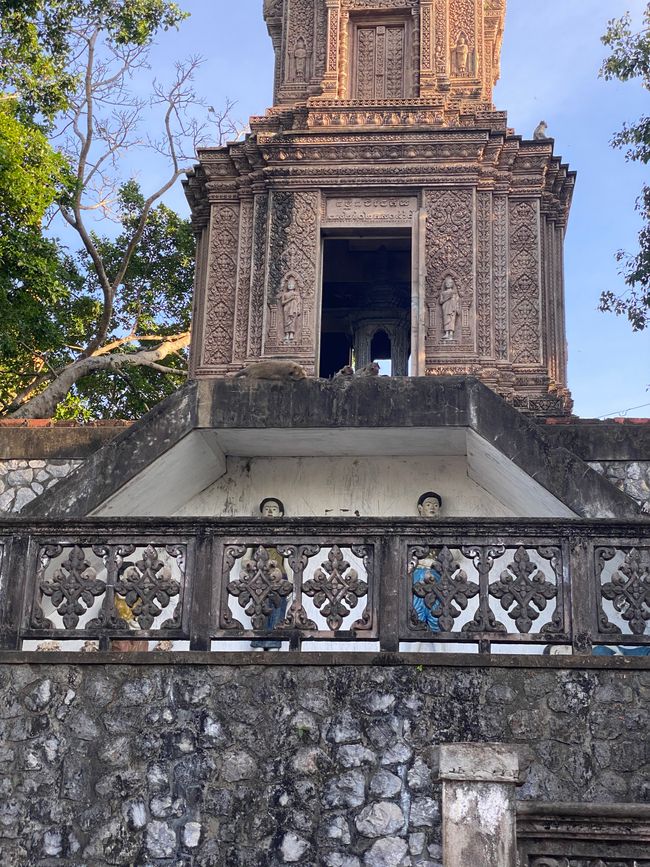
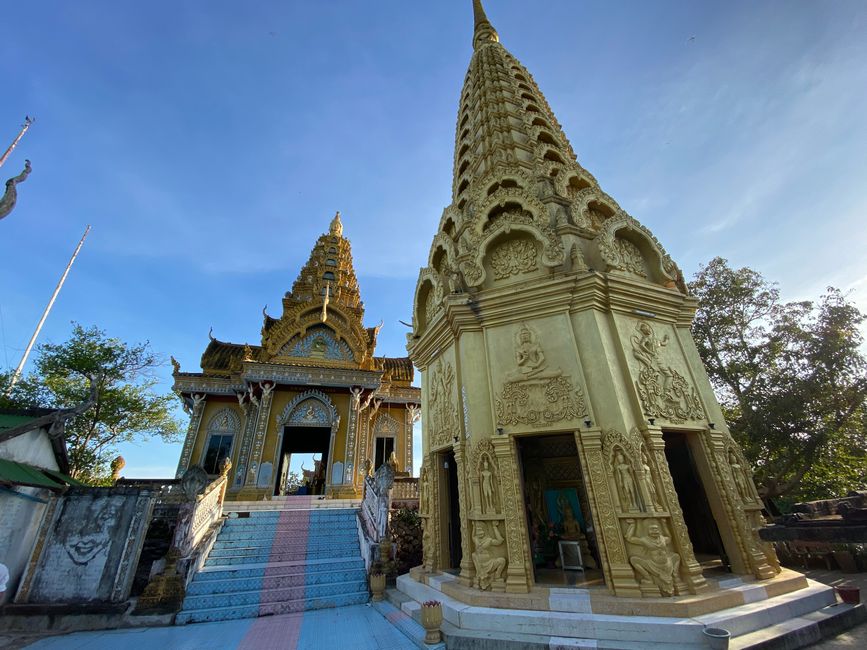
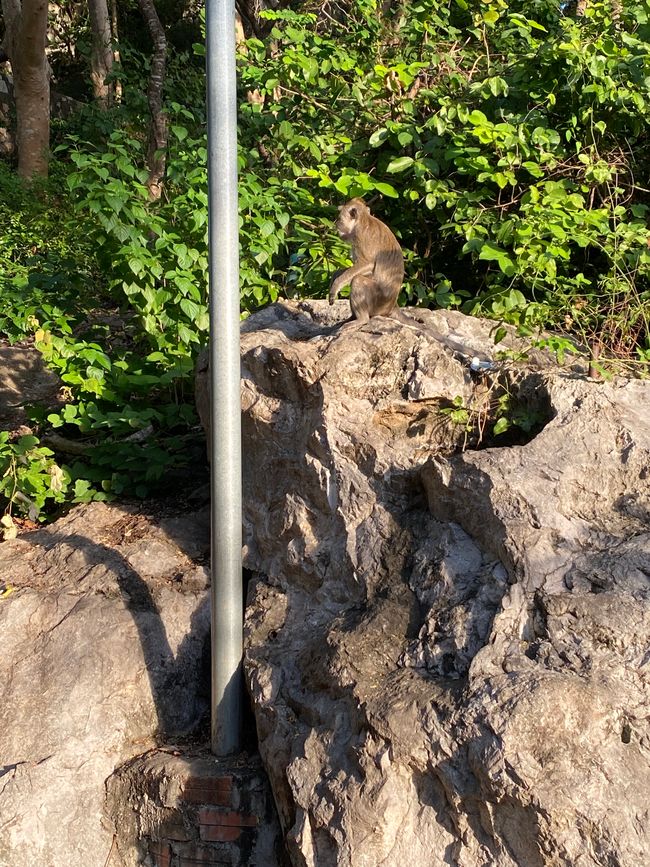
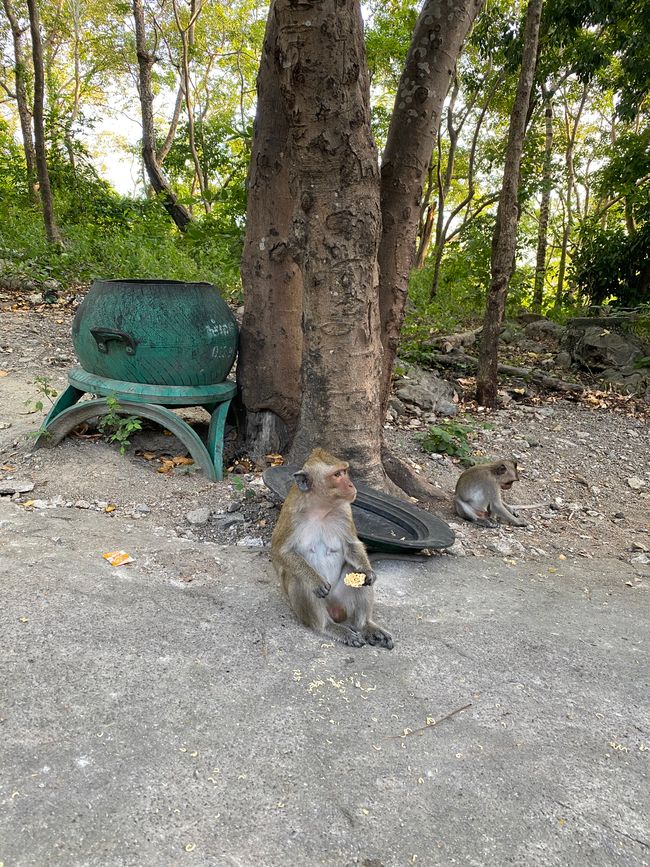
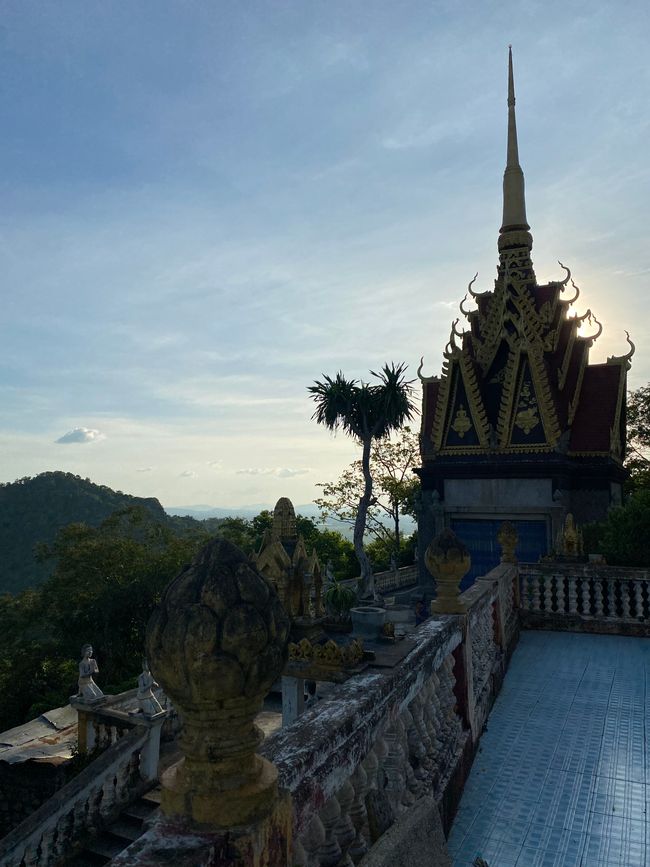
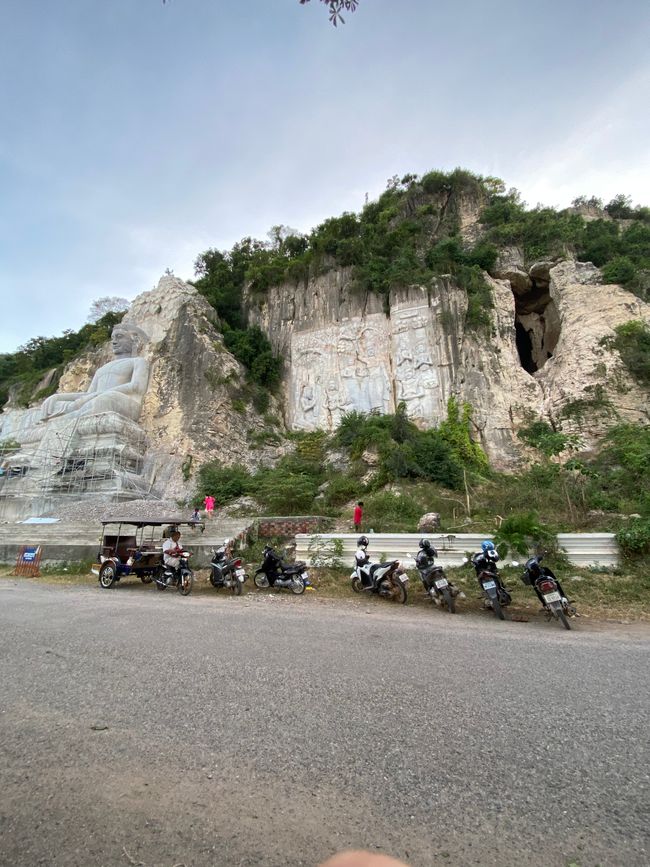
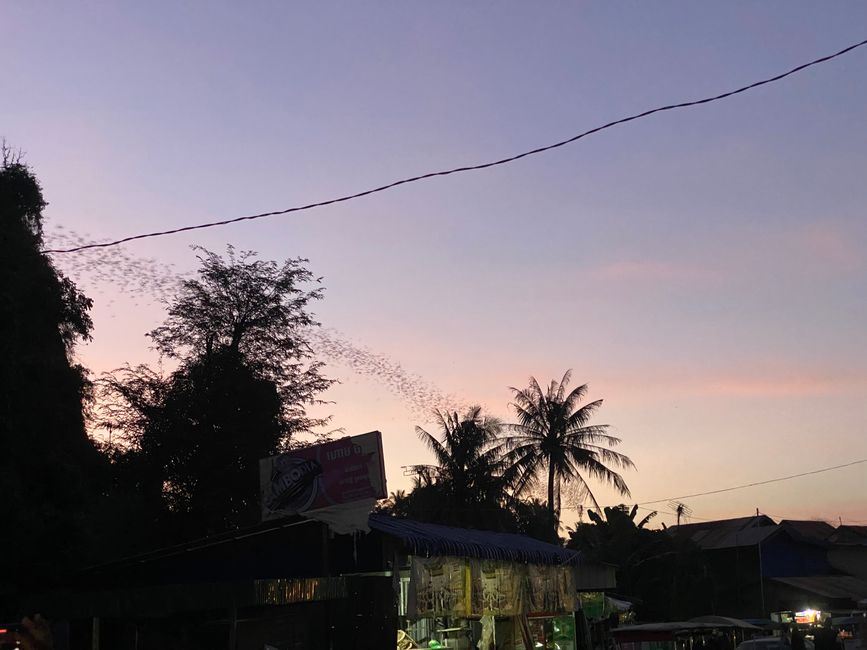
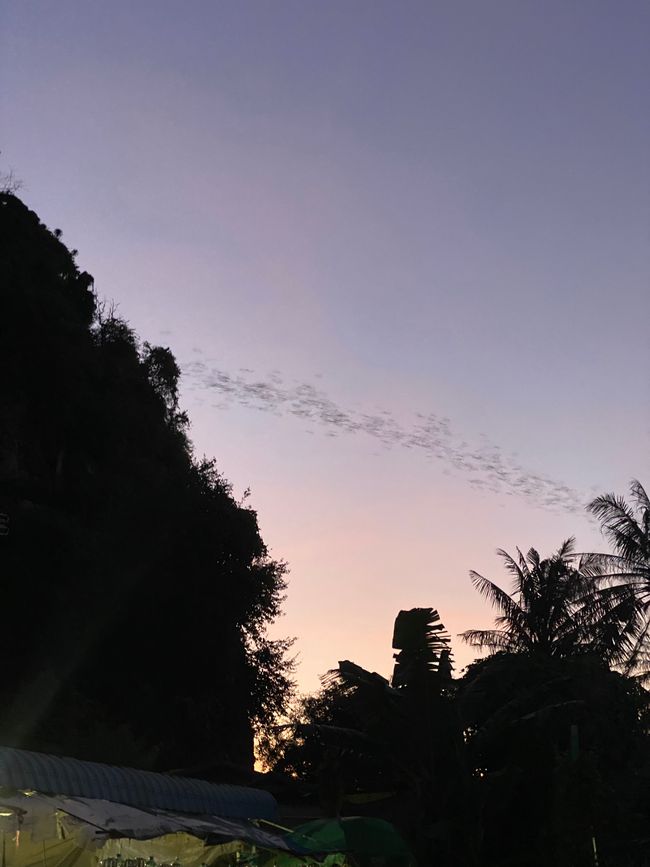
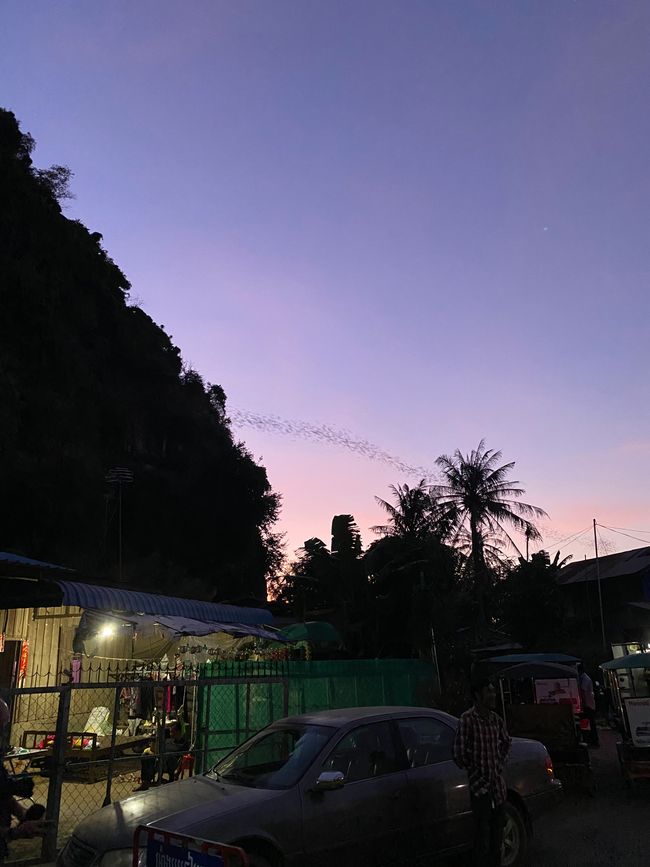
אַבאָנירן צו נעווסלעטטער
I'm still alive! Due to the many changes of location, there hasn't been much time for writing in the past week, so the next blog entry took a bit longer. But here it is! :)
It has been around 20 years since Angelina Jolie conquered the international cinema screens with the action film 'Lara Croft: Tomb Raider'. For Angelina Jolie, the film meant a worldwide breakthrough. But not only did the American actress benefit from the production. The location where the filming took place has been on the lips of international tourists ever since. The Angkor region near the city of Siem Reap in northwestern Cambodia is now one of the absolute highlights among the sights.
On an area of more than 200 square kilometers, there are over 1,000 temples and sanctuaries of different sizes. Of course, it is not possible to visit all of them in one day, but we also didn't want to spend four weeks here. Therefore, we decided to spend a total of two days exploring the area and visiting the most important temples. On the first day, we wanted to rent bicycles and explore the area on our own, and on the second day, a guided tour should provide us with the most important information about the history of the temple complex - that was the plan. But plans are a tricky thing here. Most of the time, you come up with something and then realize that it doesn't really work. This time was no different. With good spirits, we let ourselves be taken by a tuk-tuk to the selected bicycle rental shop. However, we were quickly disappointed. 'There are no bicycles left, they are all rented out,' we were told. Phew, that was a blow. It was about 35 degrees, the sun was scorching, renting a tuk-tuk for a day would have been very expensive, and walking was not an option for us. Next idea, we'll rent a scooter. 'There are no scooters left either, everything is booked due to the Water Festival.' We knew that the Water Festival leads to an exceptional situation in Cambodia, but we assumed that this mainly applied to the capital and especially not to bicycles among the usually motorized Asians. Well, apparently not. Somewhat desperate, we set off without a plan. And behold, we suddenly stood in front of a tin shack where there were still three bicycles. And it was even better, they were e-bikes - a fact that we would be very happy about, especially after half an hour of cycling. So we cycled from temple to temple. It happened that a pedal fell off in between and we had to go back to exchange the bicycle, but we'll call that a minor flaw.
At the end of the first day, we should have visited a total of six temples. Since we were supposed to get the most important information the next day from our guide anyway, we simply let ourselves be carried away by the old walls and absorbed their charm. Sometimes the temples were full of tourists, sometimes we had temples all to ourselves, an overall good mix. The conclusion was the largest and most famous temple, Angkor Wat - a breathtaking building. It is hardly imaginable that this temple was built solely by human hands. The construction took 37 years, thousands of elephants and 300,000 people were involved in the construction. They are still building the Cologne Cathedral today, and it is significantly smaller in size, well, Cologne...
Then the guided tour was on the program the next morning. And after the early wake-up call in Can Tho worked so well, this time it worked even better. Fun fact, it was just as bad, and I've had enough of it for the foreseeable future.
But as with the tour to the Mekong Delta, the early wake-up call was also worth it this time. After being picked up at 4:20 a.m., we went straight to Angkor Wat to watch the sunrise. Of course, we weren't the only ones with this idea, it's unbelievable how many people come to see the spectacle. Even though we had to share the best photo spot with many others, it was still a great backdrop. After watching the sun rise for almost an hour, we continued our tour in the old walls of Angkor Wat. The guide led us through the various sections, stopping every now and then and explaining everything worth knowing about the architecture, history, and living conditions at that time. After Angkor Wat, we drove to the temple Ta Prohm, about three kilometers away, also known as the 'Tomb Raider Temple'. Because this is where the blockbuster was filmed. In retrospect, I can say that the temple looked more spectacular in the movie. Unlike many other temples in Angkor, this one decided not to carry out extensive restoration work. The walls are mostly in ruins and the ceilings don't seem very secure either. Large parts of the temple are held together only by overgrown trees, which, however, looks very spectacular.
In addition to the two mentioned temples, the tour took us to three other temples that do not need a separate mention. Although each individual structure has something special about it, in the end, the temples are already very similar - I hope no archaeologists or historians are reading this. So we checked Angkor off the list.
The next morning, we continued our journey south by bus. After a three-hour drive, we arrived in Battambang, the country's second-largest city. Here, we quickly dropped off our things at the hostel and set off again to be able to witness a true natural spectacle on time. But let's start at the beginning. First, we took a tuk-tuk to the Killing Cave - unfortunately, the name says it all. The Khmer Rouge used the cave to throw people from the upper edge to their death. After the prison and the Killing Fields in Phnom Penh, this was the third place where we were confronted with the terrible deeds of the regime. Our tuk-tuk driver, who could not grow up with his parents due to the Khmer Rouge, led us through the area and explained what had happened here during the years of the Pol Pot regime. Somehow, it's something completely different to hear about what happened from a witness, even though he was very young at that time, as in this case. After a short break, which was necessary to digest what we had seen and heard, we continued on foot to a temple from which you have a beautiful view of the surrounding rice fields. Here, we were also introduced to the prayer practice of the Buddhists for the first time.
With the beginning of dusk, we descended the many steps of the temple to witness a natural spectacle that is probably rare in many places in the world. Almost on cue, hundreds of thousands of bats swarm out of a cave in a rock face to go in search of food. It can take up to an hour for all the bats to leave the cave - incredible when you see the 'narrow' entrance from the outside. We watched the bats for about half an hour, then the smell became too much for us. You can't imagine how strong those little creatures actually smell. Because Battambang didn't have much else to offer, and we finally wanted to go to the seaside, we packed up our things again the next day and headed to Sihanoukville. This is probably one of the ugliest places in all of Cambodia. Many blogs still call the coastal town a backpacker's paradise, but there is nothing left of its original charm. Countless unfinished skyscrapers, even more garbage, and a terrible promenade, that's all it takes to describe Sihanoukville. Fortunately, we were able to shorten our originally planned two-night stay, so we went straight to Koh Rong the next morning. More about that in the next post.
אַבאָנירן צו נעווסלעטטער
ענטפער
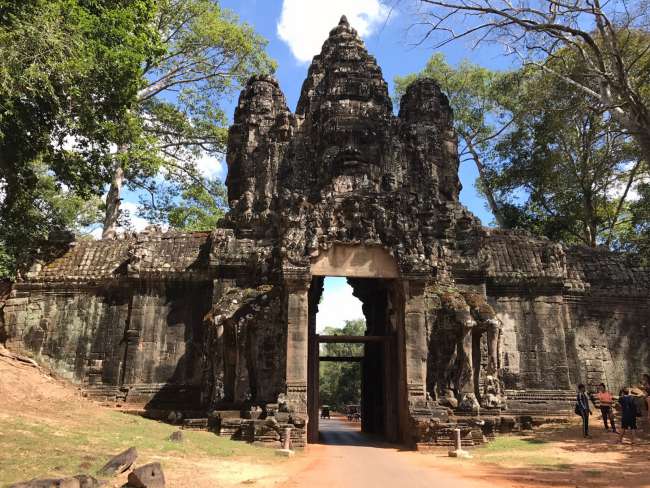
רייזע ריפּאָרץ קאַמבאָדיאַ
